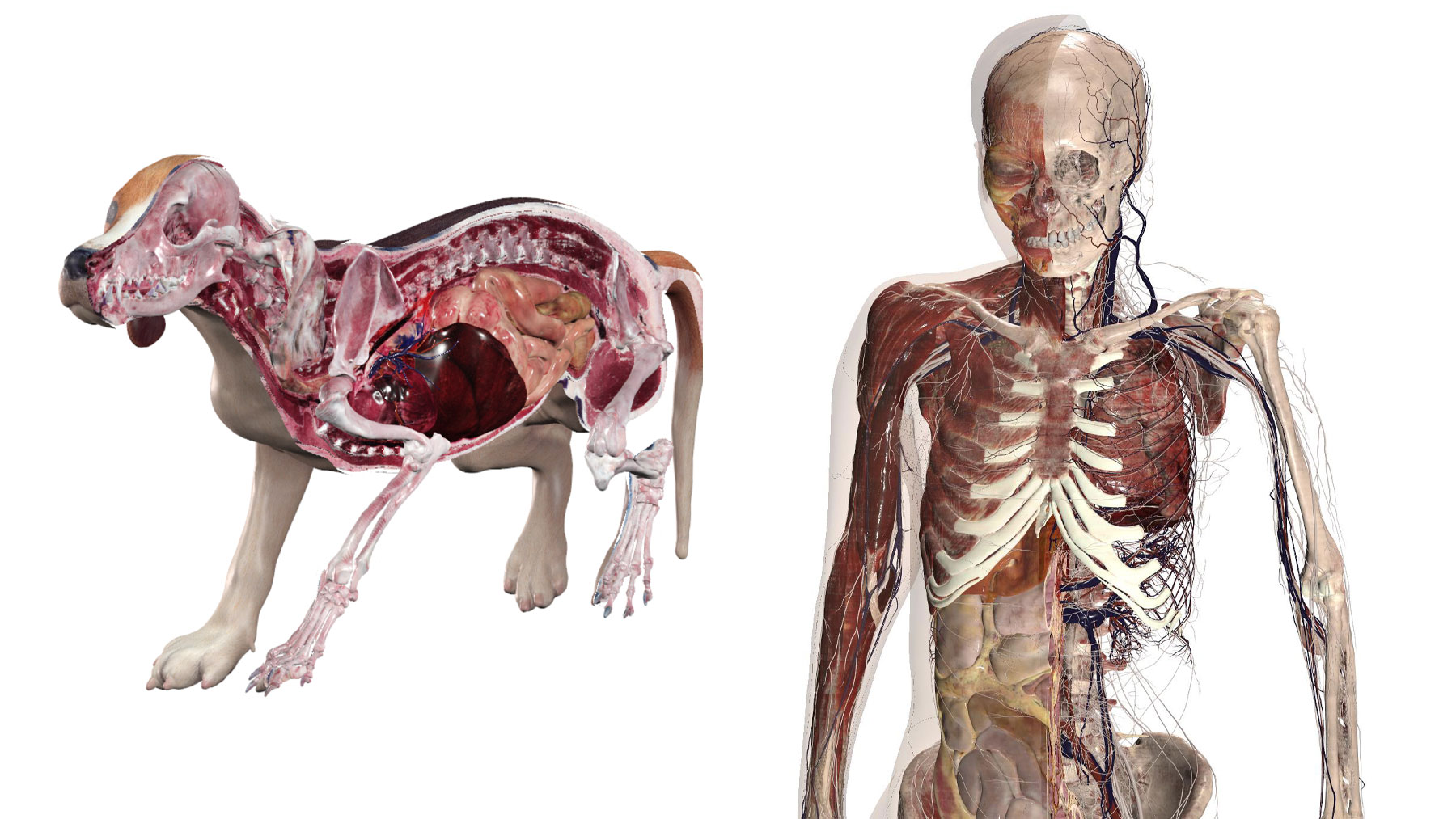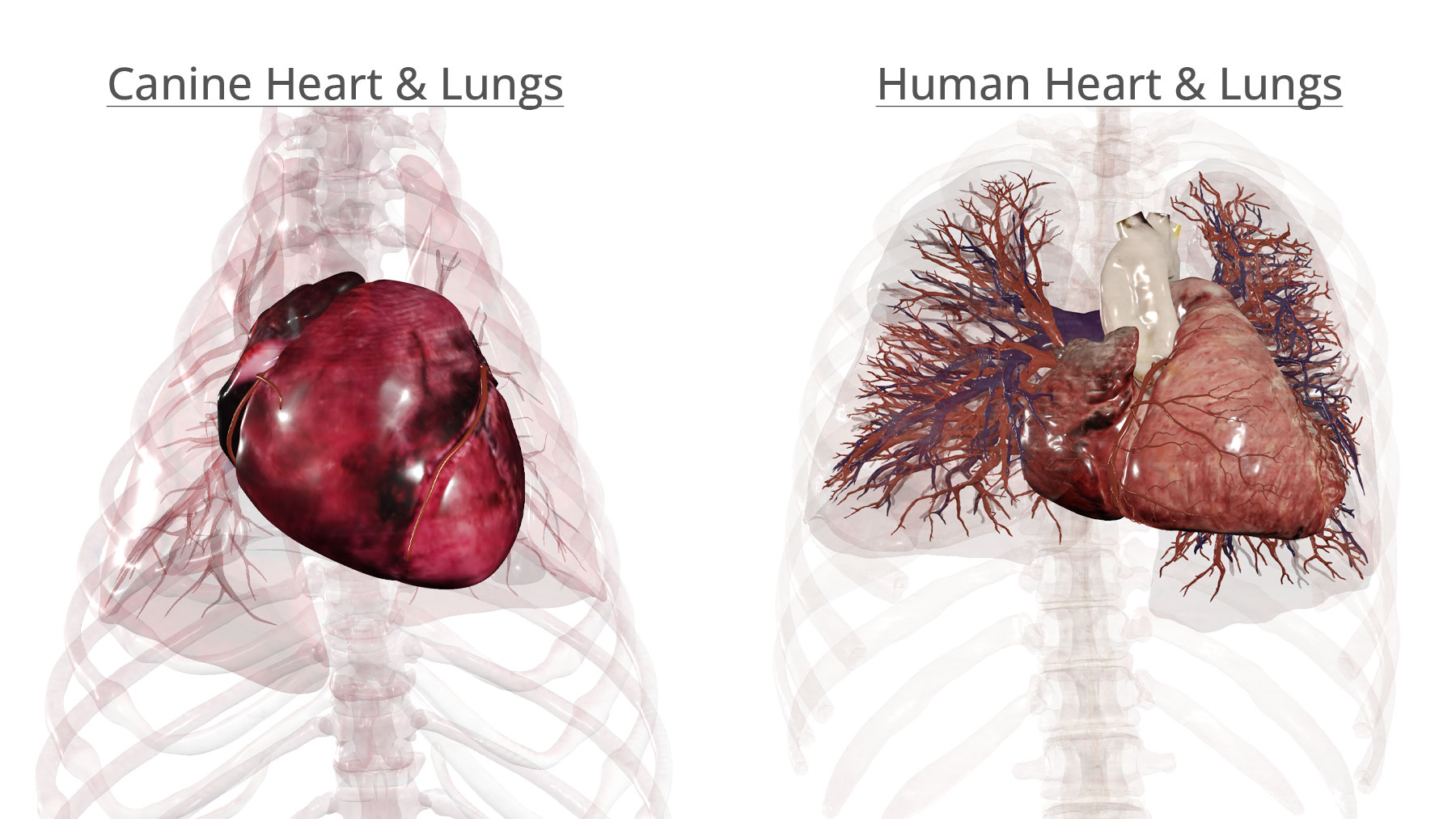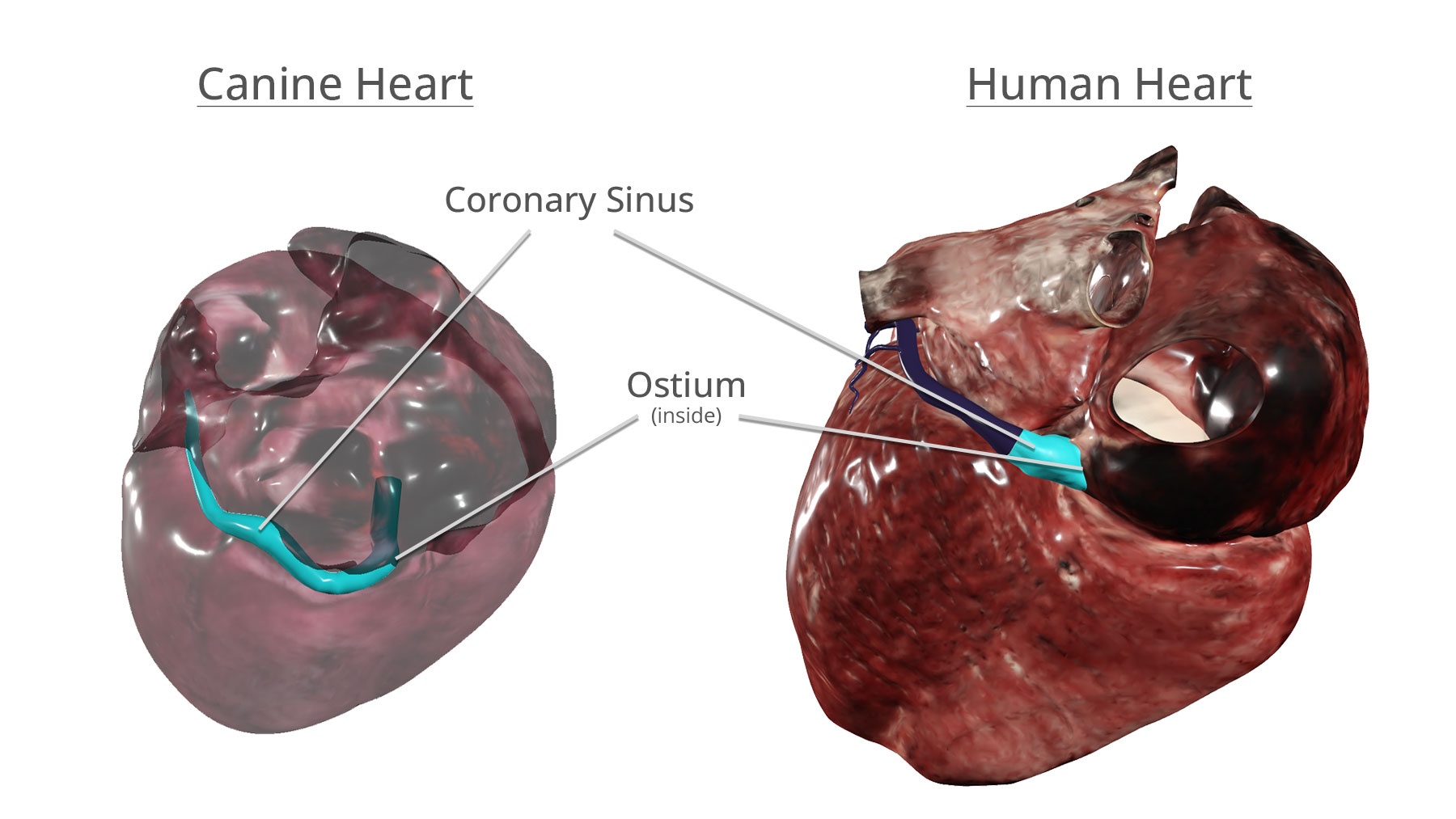
It’s estimated that more than 650,000 people die from cardiovascular diseases every year in the United States. Heart disease continues to be a leading cause of death not only in humans but also in animals. According to Pet Health Network, 7.8 million dogs in the United States are reported to have cardiovascular disease. This accounts for 10 percent of all dogs in the country.
However, there are clinical differences between cardiovascular diseases in dogs and humans.
In humans, one of the most common heart diseases is coronary artery disease. It’s a condition in which coronary arteries fail to supply enough blood and oxygen to the heart due to cholesterol deposits built up in the wall of the arteries. Meanwhile, in dogs, mitral valve disease (a condition in which valves of left heart chambers can’t close fully) and dilated cardiomyopathy (when the heart can’t pump blood efficiently) are the most common diseases.

Despite the differences, scientists find that the change in heartbeats during canine breathing (inhalation and exhalation) doesn’t affect their life quality or expectancy.

Using Anatomage’s software, anatomical differences between the canine and human heart can be examined through 3D visualization.
For more information about the digital canine body, check out the Anatomage Table Vet.